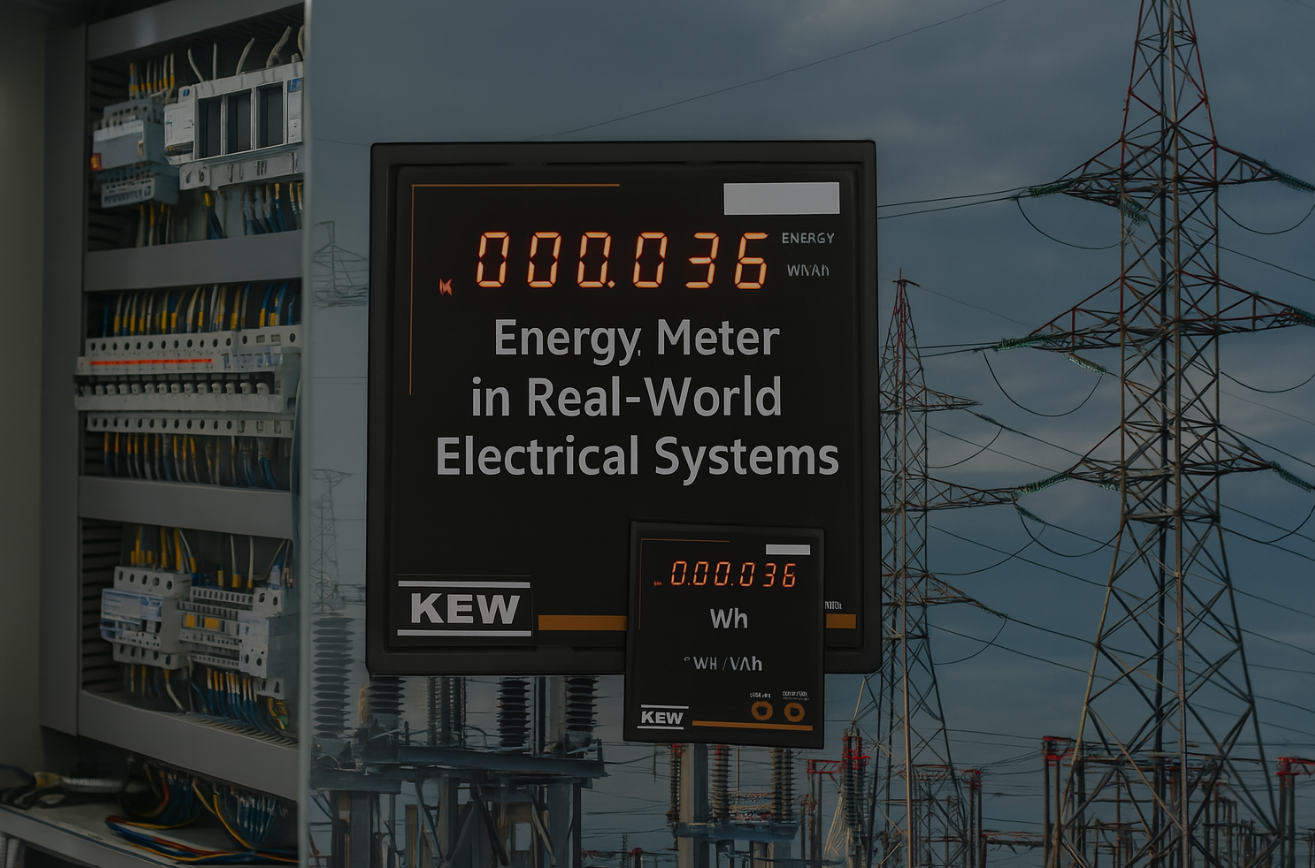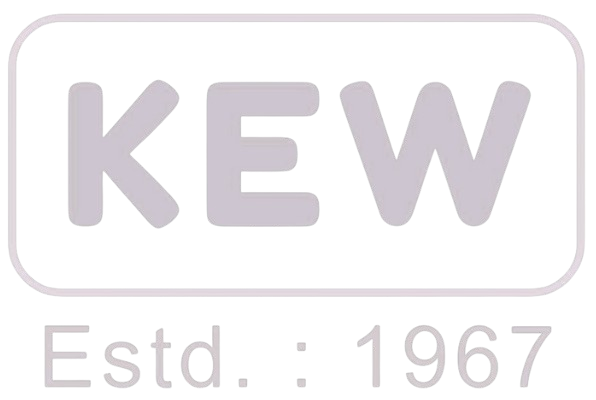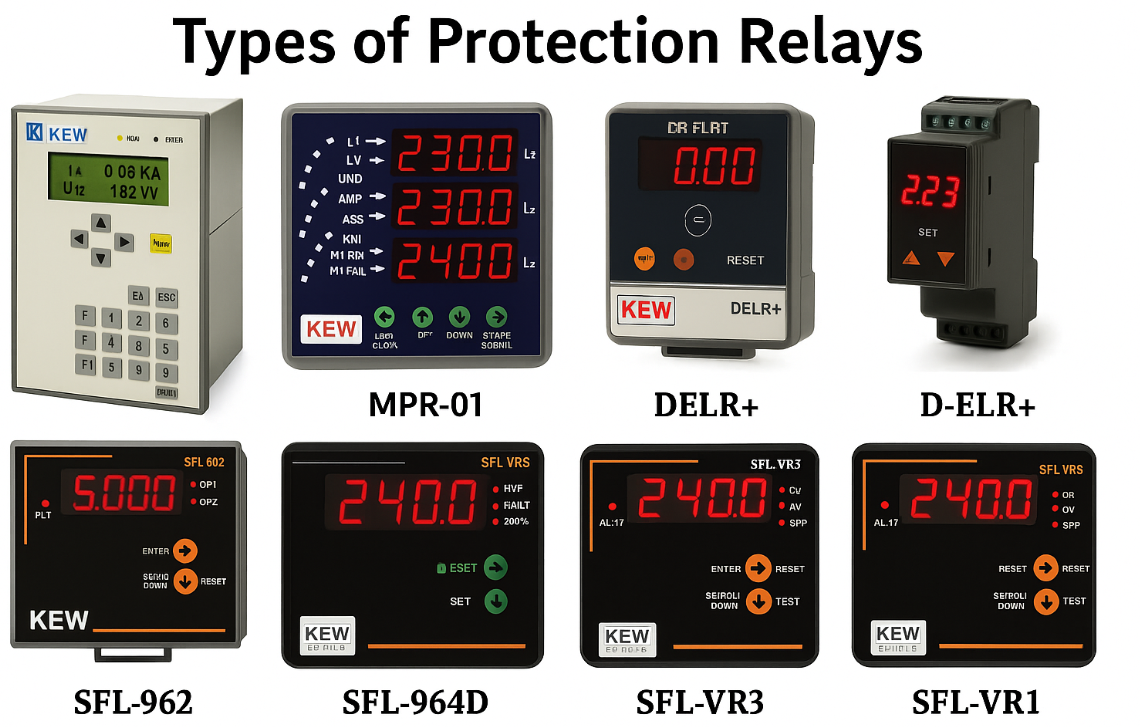Energy Meter in Real-World Electrical Systems:–

Energy Meter in Real-World Electrical Systems:–
In the previous blog, we explored what Energy Meters are and how different types of metering systems — such as KEW True RMS Energy Meters — are used to measure energy consumption accurately in various environments, including residential, commercial, and industrial sectors.
In this blog, we’ll go a step further by exploring the industries and real-world use cases where energy meters play a crucial role in monitoring and optimizing power consumption.
An Energy Meter is far more than just a billing device — it is a key instrument in energy management and operational efficiency. Whether you are powering a smart home, running a commercial establishment, or managing a high-load industrial system, a reliable energy meter helps you:
-
Track actual energy usage in real-time
-
Control energy costs through data-driven insights
-
Prevent overloading and ensure electrical safety
-
Achieve energy compliance and sustainability goals
-
And enhance the overall energy efficiency of the system
Let’s now look at the specific sectors and applications where energy meters deliver the highest impact and value.
1: Industrial Plants
Problem Statement:
In large-scale industrial plants, machines like motors, furnaces, and compressors often run simultaneously and draw heavy inductive loads. Over time, this causes a low power factor in the system — meaning more reactive power is consumed unnecessarily. As a result, plants receive hefty penalties from electricity boards, and there’s frequent overheating of transformers and cables due to poor power quality.
Why this is dangerous:
Low power factor = more apparent power drawn (kVA), even though useful power (kW) remains the same. This stresses the infrastructure.
Solution using Energy Meter:
Installing a True RMS Energy Meter that measures:
-
Active Power (kW): the actual useful work
-
Reactive Power (kVAR): energy bouncing back & forth in the system
-
Apparent Power (kVA): the total burden on the supply
-
And displays Power Factor (cos φ) in real-time
With this data, the plant can:
-
Detect and isolate problematic loads
-
Schedule capacitor banks to correct the power factor
-
Monitor power trends and prevent overloads
Result:
Better energy efficiency, reduced penalty bills, and increased lifespan of electrical assets.
2: Commercial Buildings (Malls, Offices, Hospitals)
Problem Statement
Modern commercial complexes have HVAC systems, elevators, lighting, and IT loads running continuously. These are mostly non-linear and inductive, leading to poor power factor, voltage fluctuations, and increased reactive energy billing. Facilities often stay unaware until penalties show up.
Why It’s a Hidden Threat
-
Reactive energy (kVAR) adds no usable work but increases Apparent Power (kVA)
-
Billing is based on kVA demand — so even small inefficiencies hurt
-
Power Factor drop is hard to detect without live data
Solution using Energy Meter
Deploying a multi-parameter True RMS Energy Meter enables real-time tracking of:
-
Active Power (kW) – Lighting, machinery usage
-
Reactive Power (kVAR) – HVAC motors, UPS systems
-
Apparent Power (kVA) – Total grid load
-
Power Factor – Efficiency indicator
How It Helps
-
Track and trend daily/weekly PF behavior
-
Plan staggered load usage to optimize demand
-
Optimize UPS and backup usage
-
Identify inefficient zones (e.g. AC overloading)
Result
✅ Smart load scheduling
✅ Better energy billing (lower kVA charges)
✅ Reliable operation of sensitive electronics
✅ Early detection of system faults
3: Residential Societies & Smart Housing
Problem Statement
In modern residential societies, air conditioners, geysers, refrigerators, and EV chargers run during peak hours. This uneven and unmonitored load causes:
-
Sudden voltage drops
-
Transformer overloading
-
Power theft suspicion
-
High electricity bills due to poor power factor (especially in societies with shared metering)
Why It’s a Real Concern
-
Residential users are charged by kWh, but in bulk connections, kVAh billing applies
-
Reactive Power is generated by appliances with motors (ACs, fridges, etc.)
-
Without real-time monitoring, there’s no visibility on consumption behavior or misuse
Solution using Energy Meter
Installing KEW Smart Energy Meters (True RMS) provides:
-
Individual flat-wise consumption (kWh)
-
Reactive Power (kVAR) data for common utilities
-
Real-time alerts on abnormal usage or PF drop
-
Support for load segregation and billing transparency
How It Helps
-
Prevents overload on building transformers
-
Encourages responsible usage via accurate metering
-
Detects and prevents misuse or theft
-
Helps RWAs schedule DG sets or solar usage more efficiently
Result
✅ Transparent billing for every resident
✅ Longer life of shared infrastructure
✅ Reduced conflicts with DISCOMs
✅ Foundation for a smart energy dashboard in housing complexes
4: Data Centers & Server Rooms
Problem Statement
Data centers house thousands of servers running 24/7, consuming a massive amount of power, often from dual redundant sources. The real issue arises when:
-
The cooling systems (AC, fans) draw inductive loads
-
There’s no visibility on active vs. reactive power
-
Sudden PF drop causes power quality disturbances
-
UPS and generator systems face unexpected loading
Why This Is Critical
-
Even a slight power factor drop can inflate energy bills
-
Bad PF means high apparent power (kVA) without actual work (kW)
-
Servers are sensitive — even minor fluctuations can risk data loss
-
Power quality directly impacts system uptime and cooling efficiency
Solution Using Energy Meter
Deploying KEW ESS-2938 True RMS Energy Meters on every critical feeder/sub-panel enables:
-
Accurate tracking of:
-
Active Power (kW): Real load by servers
-
Reactive Power (kVAR): From chillers, fans
-
Apparent Power (kVA): Total power drawn
-
Power Factor (PF): Real-time performance
-
-
Early detection of load imbalance
-
Helps in optimizing UPS/generator usage
-
Identify non-essential reactive loads during backup mode
How It Solves the Problem
-
Enables section-wise energy audit
-
Identifies faulty or oversized cooling loads causing poor PF
-
Provides real-time alerts before overloads happen
-
Ensures maximum uptime & backup reliability
Result
✅ No downtime due to power disturbances
✅ Reduced generator fuel consumption
✅ PF correction using capacitor banks = massive savings
✅ Better power usage prediction = smart capacity planning
5: Transformer & Substation Monitoring
Problem Statement
Transformers are the backbone of power distribution in industrial, commercial, and utility systems. But they are often:
-
Overloaded silently due to poor monitoring
-
Exposed to unbalanced loads, leading to overheating
-
Stressed by poor power factor and high reactive power, reducing their lifespan
-
Operated without real-time data, making failure detection too late
Why This is Critical
A transformer doesn’t fail suddenly — it gives signs:
-
Overheating from excess kVA (apparent power)
-
Winding stress due to reactive power (kVAR) cycling back
-
High neutral current and unbalanced phases
-
No alert mechanism for preventive maintenance
Smart Solution Using KEW Energy Meter
Mount KEW ESS-2938 at the output of each transformer or substation feeder to monitor:
-
Active Power (kW) – actual usage of the transformer
-
Reactive Power (kVAR) – to detect inductive or capacitive burden
-
Apparent Power (kVA) – total stress on transformer
-
Power Factor – if it drops, initiate correction
-
Energy (Wh/VAh) over time – for transformer efficiency analysis
How KEW Meter Solves This
-
Tracks load profiles phase-wise to catch unbalance
-
Shows PF trends, helping to reduce reactive burden
-
Enables scheduling of capacitor banks or reactor banks
-
Gives exact kVA utilization → helps avoid overloading
-
Data logging helps in life-cycle management of transformers
-
Set alarms for PF drop, over kVA, and phase failure
Result
-
Reduced risk of transformer burnout
-
Improved supply quality across downstream systems
-
Transparent reporting for energy audits and compliance
-
Enables preventive maintenance with smart insights



